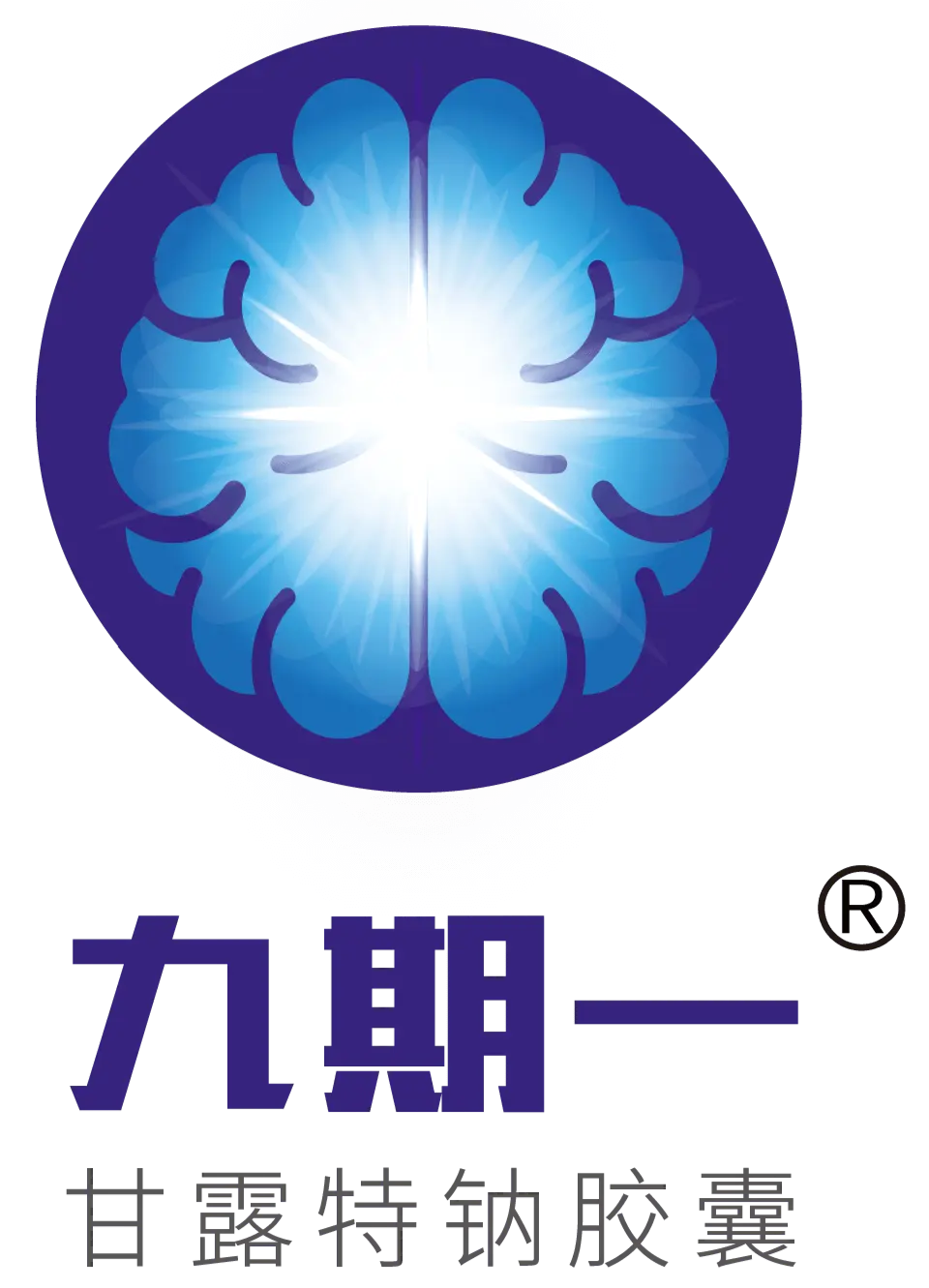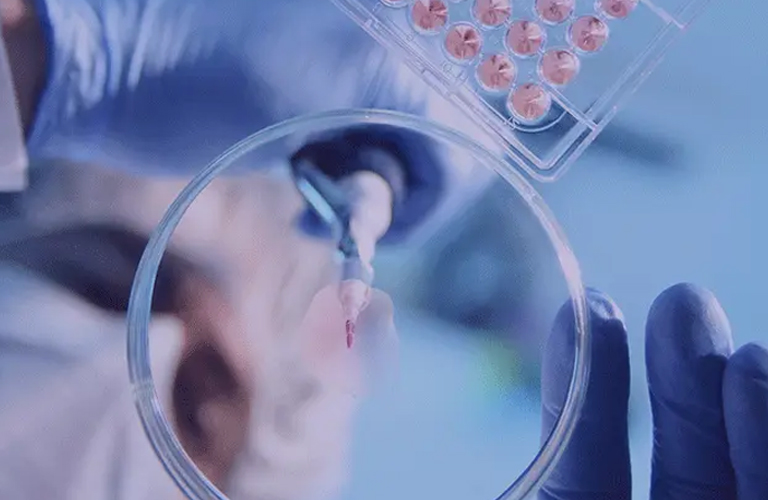Evidence from Animal Models of the Role of the Microbiome and APOE in Tau Pathology and Neurodegeneration by David Holtzman
Good morning. I'm David Holtzman from Washington University. And what I'd like to talk about today is evidence from animal models of the role of the microbiome and APOE in tau pathology and neurodegeneration. I'd like to thank Green Valley for sponsoring this symposium. This is my disclosures on this slide.
So there are a number of animal studies of the manipulation of the gut microbiome on Alzheimer's disease, like pathology, predominantly in mice. And the mice that had been studied, for the most part in this field, have been mice that deposit amyloid.
And work from Sam Sisodia and other groups, as you've just heard of, have demonstrated the manipulation of the gut microbiome can affect amyloid deposition, especially in male animals. However, there's very little evidence to date of people trying to understand whether or not manipulation of the gut microbiome will influence either tau pathology or tau-mediated neurodegeneration.
Several years ago, Yang Shi, a graduate student of my lab and a number of collaborators. We found that if you take mice that are P301S tau transgenic that overexpress a mutant form of human tau, what happens is that in these animals all here listed as TE3, TE4, or TEKO, is that in the presence of overexpression of mutant tau and ApoE4, by 9 months of age, these animals develop profound neurodegeneration with loss of entorhinal cortex and hippocampal volume with concomitant enlargement in the ventricular system. This injury is less in the presence of E3 and E2, and it's mostly abrogated in the absence of APOE.
In addition to these findings, a number of studies have been recently published showing that animals that contain different human APOE genotypes have differences in their gut microbiome.
So given some of these results, we want to ask the following questions. Does influencing the gut microbiome affect: 1) tau-mediated neurodegeneration; 2), does this occur via APOE and APOE genotype? Do those things influence the effect? If so, what are they underlying biochemical mechanisms in these interactions? This work in my lab is being led by Dong-Oh Seo, an instructor in the Department of Neurology, in collaboration with the lab of Jeff Gordon at Washington University and Sangram Sisodia’s lab at the University of Chicago.
So we have three sort of hypothetical models how APOE polymorphism and manipulations of the gut microbiome might influence pathology in the brain. One possibility is that the microbiome does not influence neurodegeneration at all. And that's the first model listed here.
A second possibility is that APOE isoforms modify the microbiome and this modification somehow results in the microbiome possibly through systemic factors, affecting pathology in the brain.
And then a third possibility includes that APOE isoforms might modify the microbiome which would modify changes in the brain, but that in addition, there are local effects of APOE which modulate this response, so-called “Additive Model”.
So the first thing we wanted to do was to take tau mice that expressed human ApoE4 that by 9 months of age develop a profound neurodegeneration, and ask the question what happens to these animals if they grow up in germ-free conditions. So in other words, they have a normal microbiome
These experiments were done in the germ-free facility of Jeff Gordon at Washington University, where the animals are raised in completely germ-free conditions. So we took TE4F mice that were under completely germ-free conditions in their entire life up until 9 months of age, and compared them to mice that were raised in conventional conditions.
Or they were raised under germ-free conditions, but then were exposed to a microbiome in the remainder of their life that was normal compared to the other animals in our regularly-housed facility.
We then looked at the volume of different brain regions at 9 months of age, because we know in this model that animals develop significant loss of neuron synapses and brain volume in affected brain regions with tau pathology.
What you can see is that in the TE4F mice raised under conventional conditions, there's significant hippocampal volume loss. Normal size, the hippocampus is around 7 mm3 the way that we're assessing this. The germ-free mice have almost complete neuroprotection of hippocampal volume.
However, the question we wanted to ask was what that happens to the germ-free animals in which their microbiome is restored to that of normal animals, when they are adults at 3 months of age.
And what we found was that in the animal study to date, by restoring their microbiome to that of normal animals as late as 3 months of age, this restores the neurodegeneration that's present in these animals. There's also a restoration of the increased ventricular volume. In this model, we're not seeing a major effect of germ-free conditions on the volume of the entorhinal/piriform cortex.
We also looked at the thickness of the dentate gyrus, which is made of the neuronal layer that makes up of this area. What you can see under germ-free conditions, there's protection with greater neuronal numbers in the dentate gyrus. And this protection is removed if we add back a normal microbiome to the animals at 3 months of age. Similar findings, at least a trend of that, was found in the CA1 region.
So what are the kind of changes that we might perturb other than simply removing all the microbiota under germ-free conditions? So one way that people have done this is to expose the gut to antibiotics, predominantly just to the gut. So under normal conditions, there's a certain composition of microbiota. By exposing the gut to antibiotics for a relatively short period of time, this can change the composition and then by removing the antibiotics, the composition that remains is different than what the animals originally had in the beginning.
So we designed a series of experiments to give a cocktail of antibiotics, listed to the left by oral gavage for 1 week to animals when they were quite young between 2 and 3 weeks of age. This would be considered to be, for example, during childhood development equivalent in if this was human. This kind of paradigm has been used by Sam Sisodia’s lab and others, and it's been shown if you do this, this can be protective against amyloid deposition at least in male mice. So what's interesting is that we give the antibiotics just for 1 week and then we follow the animals in the remainder of their life until they’re 9.5 months of age. During this time, we sample fecal material to look at the change in constituents. And then at the end of the experiment, we did behavior and looked at the neuropathology. We do this in both male mice and in female mice that express ApoE3, ApoE4, or no APOE at all.
One of the things we looked at in terms of the microbiota composition is the alpha diversity or the diversity of the species present in the animals. And you can see that of all the different groups we looked at, in the antibiotic-treated versus control groups, there was always a lower diversity in the antibiotic-treated groups, even studied a number of months after the initial administration.
The beta-diversity, or the similarity of the microbes present under different conditions, was also changed similarly in the different groups of animals treated with antibiotics. You can see the microbiota constituents were much more similar in the antibiotic-treated groups than in the water-treated groups.
One of the things we also looked at is the effect of antibiotic treatment on different phylum. So one of the things we found is that the Bacteroidetes-Firmicutes ratio increased in the presence of antibiotics. So if you look here at the TE4 mice on water, you can see that the ratio of these phyla change in the presence of antibiotics, and that's shown also here on the right. Now the meaning of this change we don't know. One of the interesting things is that you can see that this change occurred in the TE3 mice and in the TE4 mice.
So we also wanted to look at the effect of this antibiotic treatment early in life on brain neurodegeneration. So we initially looked at brain volume of different regions affected by tau pathology.
So the first thing to notice is that if you look in the male mice, in the hippocampus, the TE3 and TE4 mice both have markedly shrunken hippocampus compared to control animals. The mice in the absence of APOE at all their whole life have no damage. And this is something we've seen many times in other experiments.
However, in the male mice of the TE3 or TE4 treated with antibiotics, there's significant neuroprotection that we see in terms of the volume of the hippocampus in the TE3 mice. There's a trend in the TE4 mice, but it wasn't significant. You can see similar changes in the lateral ventricle, namely the ventricle smaller, consistent with neuroprotection in the TE3 mice without a significant effect in the TE4 mice.
Now, interestingly, when we look at the female mice, the TE3 and the TE4 ones, the amount of the hippocampal volume already is not as shrunken as it is in the control animals. When we give antibiotics, there was not a significant effect in the females. This might be because the amount of damage was also not as great, so there's less tissue to protect.
We see similar effects when we look at the neuronal layers in the hippocampus. So we look at the dentate gyrus. The thickness has increased in the TE3 mice, and not quite significant, but also a little bit in the TE4 mice.
And also, the CA1 neurons are also protected in the mice given the antibiotics, at least again in the male mice, but not as big an effect in the female mice.
We also looked at tau pathology by staining with AT8 Phospho-Tau antibody. You can see that the TE3 and TE4 mice had a fair amount of AT8 staining in the hippocampus, and this is reduced in the TE3 mice, and in particular, wasn't significant in the TE4 mice. As we've seen previously, in the absence of APOE, there's much less Phospho-Tau staining.
We looked at a function in these animals by looking at nest-building behavior. What you can see is that a normal mouse will build a normal nest over a 24 hour period, and we score that at five. There's different stages of nest-building abilities. A one would be almost no nest formation at all. You can see that in the TE3 and TE4 mice, their average score is about a 2.5, which is very impaired. But both in the TE3 and the TE4 mice, there's significant protection on this nestlet-building behavior score. You can also see that the nestlet-building behavior score correlates in both the TE3 and the TE4 mice with the hippocampal volume, so correlating structure and function.
When we look at the female mice, we find that the nest-building scores are just slightly impaired, and there was no further improvement when we treat with antibiotics.
We also looked at a motor behavior. Some of these mice develop some motoric problems by 9.5 months of age, especially the TE4 mice. You can see that they had improvement after being treated with antibiotics on the wire hanging behavior test.
The interim summary of what I’m showing you now is that germ-free TE4 mice showed a marked decrease in brain atrophy, such that their brain size was compared to conventionally raised animals. This was a profound or a protective effect. In the male TE3 mice treated with short-term antibiotics, they showed a significantly milder hippocampal atrophy compared to the water-treated group. And nestlet-building behaviors were also correlated to brain volume in the TE3 mice treated with antibiotics. This was also true in the TE4 mice treated with antibiotics.
And these results support the issue that the gut microbiota are regulating tau-mediated neurodegeneration. The isoform-dependent effects on tau-mediated neurodegeneration might be due to differential involvement of APOE isoforms on both the parenchyma microenvironment, but also how the gut microbiome regulates, as shown in the right, this environment in the brain. How this happens is something we'll discuss momentarily.
So since we see these effects, what might be the underlying biochemical mechanisms or the interactions that result in these effects?
One of the things that we think is happening in regard to how APOE may be influencing tau-mediated neurodegeneration is that as neurons and synapses began to degenerate, microglia appear to be opsonizing synapses, leading to synaptic degeneration. And one possibility is that APOE is present in the synapses and somehow allows through a mechanism, perhaps a receptor-mediated mechanism, for microglia to mediate this effect.
Regardless, it's possible that a number of different things the microbiome alter, such as metabolites that result in their differential presence in the blood, could be that they're altering inflammatory factors to get into the blood. And these factors, once they influence either the blood brain barrier or affect information in the brain, they're interacting with these APOE isoforms and how they're influencing neurodegeneration.
In terms of summary and next steps, I think our results indicate that tau-mediated neurodegeneration occurs in an APOE- and APOE isoform-dependent manners and is influenced by the gut microbiota and gender. A certain subpopulation of the innate immune system might be involved in the microbiome-associated regulation of neurodegeneration.
An important question is what's the underlying biochemical mechanism or mechanisms in the interaction between the gut microbiome and neurodegeneration? It could be cytokines, metabolites, others. These are experiments that are ongoing in our lab.
And then finally, will gut microbiome manipulation, not just during development, but also in adult animals, have a significant effect on tau-mediated neurodegeneration both prior to as I showed, but also after the onset of tau pathology? I showed you we could restore the degeneration when we gave a normal microbiome back to germ-free animals. But what we don't know is if you can manipulate the microbiome in other ways, to have not a damaging but a neuroprotective effect.
And these are the ongoing experiments listed on the bottom that we're trying to do now to sort these issues out.
Wanna thank many people in my lab, especially Dong-Oh Seo, who carried out these experiments, and many of our other inter-lab collaborators. Also wanna thank Jeff Gordon and his colleagues at Washington University, who we've been collaborating on in many aspects of this study, especially the germ-free condition studies; Jonathan Kipnis and his laboratory. And also thank Sam Sisodia and Hemraj Dodiya in his lab. They've been a great help in collaborating to get these projects going.








